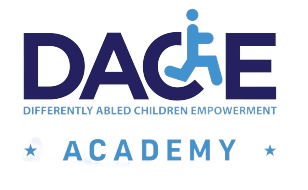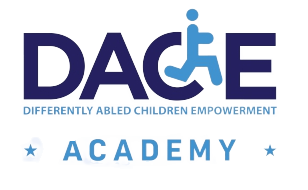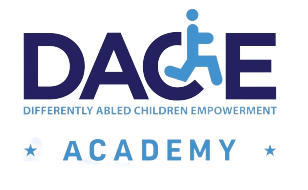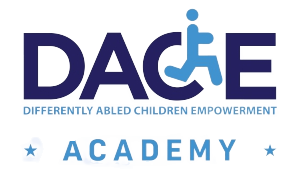How To Rank On Google: 25-Step SEO Checklist
You can try every single one of them – from building links to creating quality content or optimizing user experience. Plus, we’ve provided links to Google’s guidelines and documentation to ease the process for you. On-page SEO optimizes individual web pages to improve search engine rankings and attract more organic traffic. You’d build your content strategy around those keywords, creating valuable insights-rich blog posts, videos, and infographics. Header tags play an important role in organizing your content hierarchy while also helping search engines BHS Links understand the structure of your page. Use header tags (H1, H2) appropriately to separate sections and subtopics, making it easier for both users and search engines to navigate your content.
Getting featured on Google Play
- Optimizing your site in ways that improve overall usability and readability can greatly increase your website’s rankings.
- Include high-quality images, a clear call to action, and relevant local keywords to drum up business for these one-off events.
- In 2025, Google’s search algorithms are smarter than ever, making it increasingly challenging for websites to rank on the first page.
- Regular monitoring provides insights into blog post performance in order for continuous improvement to meet SEO standards.
- Website visitors shouldn’t have to scroll down to find the information that they need.
This means it would be easier to rank for than the keyword, business ideas (example provided below). Domain Authority and Page Authority are terms used by SEOmoz.org to quantify how authoritative a site or page is overall. This goes back to my example of getting a link from CNN.com being more important than getting a link from a weak site. If you can get a link from a high page authority page, this is likely to help your ranking. By simply optimizing the titles of your articles, you could see the difference between almost no traffic to lots of free Google traffic. If you are looking for ways to brainstorm for great article ideas, read this.
After all, what’s the use that your target audience stumbled upon your site via an online search, but didn’t actually visit your website? Sure, you can still use synonyms, but you’ll need to use LSI keywords too. The reason for this is that search engines evolved over time. Nowadays, you no longer need to be guilty of keyword density just so that Google will grasp what your page is all about. If for some strange reason you don’t have HTTPS yet, make it a priority to get an SSL certificate in 2024 to authenticate the identity of your website.
You can do this manually by entering your target keywords into Google (assuming incognito mode to prevent your personal search history from affecting the results). Alternatively, you can use specialized SEO tools that track your positions for the necessary keywords in just one click and show you additional data for ranking analysis. Among the most popular ones are SE Ranking Rank Tracker, SEO PowerSuite, and Spy SERP. However, once you’re on the first page, using the exact keyword in your title doesn’t appear to help you climb the rankings. That’s where other factors (like backlinks, user experience signals and Domain Authority) appear to play a large role. While building backlinks is essential, it’s equally important to monitor the quality of those links.
Step 3: Generate High-Quality Content
This will make our blog post more comprehensive and help us create high-quality content. If the top-ranking pages for your target keyword cover similar subtopics, they’re likely important and what searchers expect to see. In one such audit, I discovered that organic traffic to our post on free SEO tools was declining. We can then use ChatGPT as inspiration to create compelling title tags.
Integrate LSI keywords
Ranking higher on Google encompasses a variety of on- and off-page search engine optimization (SEO) tactics. In this article titled ‘how to rank on Google’, we discussed the top 16 techniques that could rank our websites well on search engines. Focusing on these techniques alone will drive more organic traffic to your website and improve your search rankings without risking a Google penalty.
Ensure that these landing pages are well-structured, with relevant content and optimized meta tags. By providing a focused and targeted page for each long-tail keyword, you increase the visibility of your website in search results and improve your chances of ranking higher. In today’s digital landscape, understanding how to improve search engine rankings and unlocking Google rank factors is crucial for businesses and individuals alike. Local SEO is a digital marketing strategy that involves gaining visibility on local search results. Whether you own a big or small business, local SEO is ideal for local businesses that want to rank for location-specific keywords.
You can create a Google Business Profile listing right when you add your business to Google Maps. You are where you are, and you can neither move your business nor make users search for it from a certain spot. Let’s take a closer look at how the Vicinity update affected each local SEO ranking factor.






No Comments